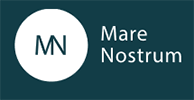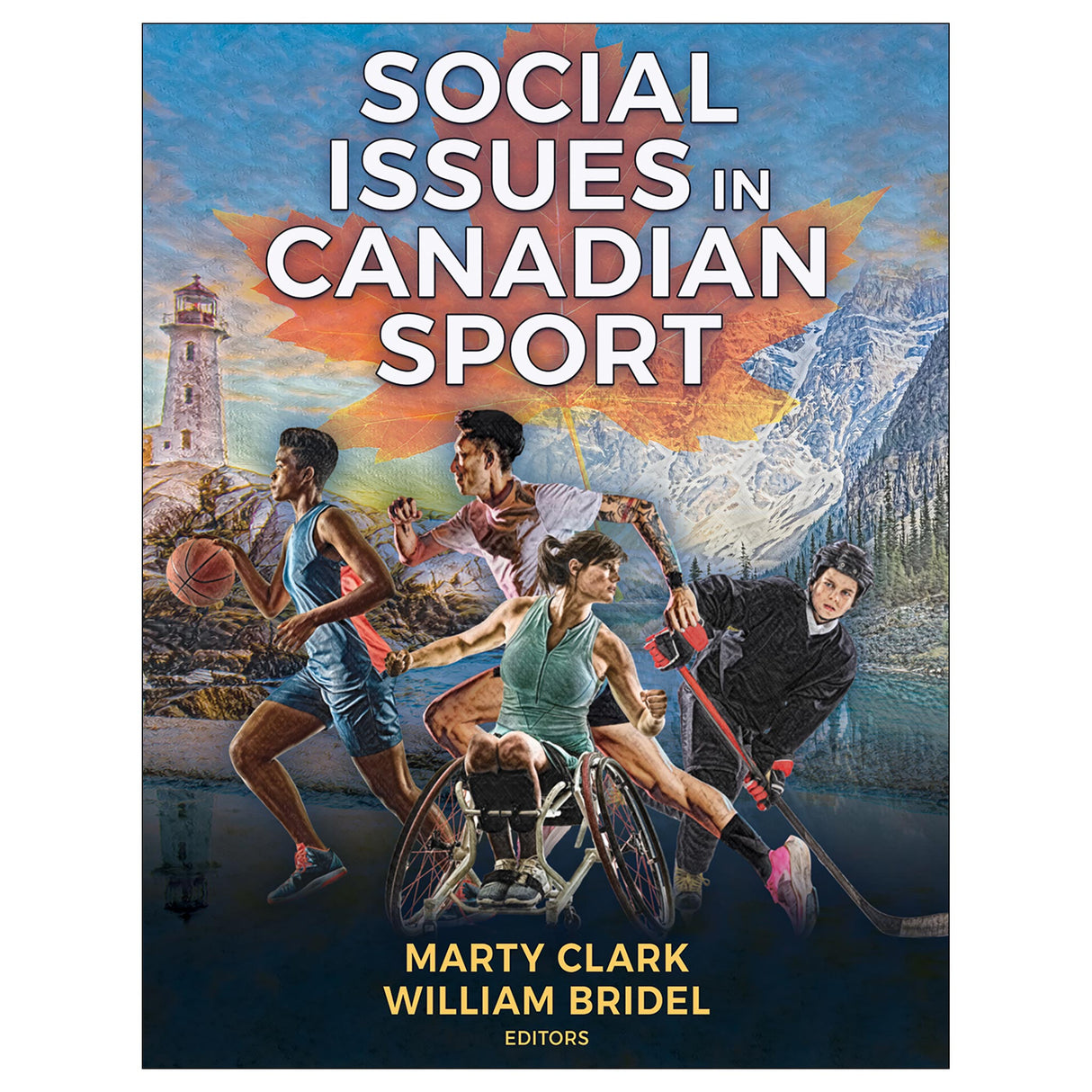Social Issues in Canadian Sport
Author: Marty Clark, William Bridel
$86.00 USD
Study the role, impact, and influence of sport in Canada.
As an introductory text, Social Issues in Canadian Sport encourages students to use critical thinking in analyzing the historical, current, and future trends of sport in Canada. It explores the world of sport through the lens of social theory, sociological concepts, and the reproduction of and resistance to social norms and values in and through sport.
Designed to provide readers with diverse perspectives, editors Marty Clark and William Bridel strengthen the contextual discourse by bringing together chapter contributors who are from equity-deserving groups, emerging and established scholars, and undergraduate and graduate students. The result is a foundational resource exploring the vital narratives of sport and broader Canadian societal underpinnings with chapters discussing gender, sexuality, race and ethnicity, settler colonialism and Indigeneity, class, health, all abilities, and sustainability, among others.
Social Issues in Canadian Sport includes many features designed to enhance the reading and learning experience. Chapter introductions have anecdotes from contributors that emphasize the importance of the chapter themes. Case studies throughout the text touch on contemporary research, activism and advocacy, and intersectionality. Pedagogical aids include chapter objectives, chapter outlines, key terms, summaries, and reflection questions that aim to make the book engaging and enjoyable. Adopting instructors gain access to a suite of ancillaries that includes an instructor guide, test package, and presentation package.
Help students critically examine sport in Canada through sociological perspectives with Social Issues in Canadian Sport.
Audience
An introductory textbook for Canadian courses in sociology of sport, social issues in sport, sport in society, and social aspects of sport; a professional reference for sport researchers.
Preface
Acknowledgments
Chapter 1. Introduction to the Critical Study of Sport
William Bridel and Marty Clark
Chapter Introduction
An Introduction to the Authors and Textbook Editors
What Is Sport?
Sociology of Sport 101
Sport and Identity
Content and Format of the Remaining Chapters
Chapter Summary
Chapter 2. Introducing Sociological Concepts and Theories
Marty Clark and William Bridel
Chapter Introduction
The Sociological Imagination
Social Theories and Sport Sociology
Intersectionality
Chapter Summary
Chapter 3. Systems and Structures
Marty Clark
Chapter Introduction
Thinking Sociologically About Sport Systems
Thinking About Social Structures
Making Connections: Social Structures, Systems, and Sporting Experiences
Chapter Summary
Chapter 4. Gender and Sport
Sarah Barnes and Mustafa Karacam
Chapter Introduction
Defining Key Terms
A Long (and Contested) History of Sport as a Male Preserve
From Exclusion to Inclusion With Caveats
Challenging Gendered Injustice in Society Through Sport
Chapter Summary
Chapter 5. Sexuality and Sport
Judy Liao
Chapter Introduction
Breaking Barriers, But at a Cost
Increasing Visibility in the 21st Century
Complicating Visibility and Inclusion
Conclusion! Conclusion? Can We (Re)Imagine Resistance (Visibility and Inclusion) Without Assimilation?
Chapter Summary
Chapter 6. Race, Ethnicity, and Sport
Janelle Joseph and Ornella Nzindukiyimana
Chapter Introduction
Some Definitions and Contexts
Understanding Race and Racism Through Intersectionality Theory
Thinking Theoretically About Identities and Race Using Cultural Studies
Using Critical Race Theory for Knowledge and Activism
Chapter Summary
Chapter 7. Sport for Decolonization? Reimagining Sport Through an Indigenous Lens
Daniel Henhawk
Chapter Introduction
Settler Colonialism and Indigenous Peoples
Sport, Leisure, and Settler Colonialism
What Does Any of This Have to Do With Sport?
Sport for Cultural Resurgence, Reconciliation, and Decolonization
Chapter Summary
Chapter 8. Sport, Class, and Capitalism
Samantha King, Gagandeep Minhas, and Gözde Öncil
Chapter Introduction
Thinking Sociologically About Sport and Economic Inequality in Canada
Resistance to Capitalism: The Anti-Olympic Movement
Chapter Summary
Chapter 9. Abilities
Jennifer Mooradian and Teresa Hill
Chapter Introduction
Thinking Critically About Disabilities
Sport and Disabilities
Disability in the Context of Neoliberalism and Colonialism
Chapter Summary
Chapter 10. The Body and Sport
Nikolaus A. Dean and Andrea Bundon
Chapter Introduction
Mind–Body Dualism
Biomedical Model
“Exercise Is Medicine” and the Concept of Healthism
Body Capital
Biographical Disruption
Pain, Injury, and the Culture of Risk
Chapter Summary
Chapter 11. Sport and Sustainability
Tavis Smith and Michael S. Dao
Chapter Introduction
Sustainability, Sustainable Development, and Sports
Thinking Critically About Sport and Sustainability
Chapter Summary
Chapter 12. Sport and Social Change
Andrea Carey
Chapter Introduction
Social Justice and Social Change
Sport as an Exclusionary System
Sport as a Mechanism to Navigate Social Change
Change Within Sport: A Focus on Policy
Athlete Activism: Sport Is More Than “Just Sport”
Chapter Summary
Chapter 13. Future Directions
William Bridel and Marty Clark
Chapter Introduction
Summary of Themes
A Conversation About Critical Sport Studies
Chapter Summary
Glossary
References
Index
About the Editors
About the Contributors
Marty Clark, PhD, is an associate professor in the department of health and physical education at Mount Royal University. His teaching and research engage with historical and sociological perspectives on health, physical activity, physical literacy, and sport. He is currently a coinvestigator on three research projects: a critical study of golf in the United States; a collaborative inquiry into sport experiences of trans, non-binary, and gender-diverse people in Alberta, Canada; and a Scholarship of Teaching and Learning project on freewriting in academic contexts.
Clark began a five-year term as chair of the department of health and physical education in 2025. A student-focused educator, he is deeply committed to equity, diversity, inclusion, accessibility, and the ongoing work of Indigenization and decolonization in post-secondary education.
William Bridel, PhD, is an award-winning associate professor in the faculty of kinesiology at the University of Calgary. He began a five-year term as senior associate dean of academic programs in 2025. His teaching and research focuses on sociocultural aspects of sport, physical activity, and the body. With a distinct interest in studying sex, gender, and sexuality in sport and the larger cultural context, Bridel’s research has included a focus on 2SLGBTQIA+ people’s inclusion in sport historically and in contemporary times, along with broader questions about equity, diversity, inclusion, accessibility, and safer sport.
Bridel’s advocacy work includes being a founding member of the LGBTQI2S+ Sport Inclusion Task Force. He has also worked with and spoken to various community, provincial, and national sport organizations, challenging athletes, coaches, administrators, volunteers, and officials to address inclusion in multidimensional and meaningful ways. Beyond sport, Bridel was a member of a local advisory group for a research and advocacy project addressing the restrictions of blood and plasma donation placed on gay, bisexual, queer, and other men who have sex with men in Canada.
“Social Issues in Canadian Sport is timely and revealing, and it sets new directions for understanding sport in Canadian society. The authors offer us personal and deeply engaging accounts of issues in Canadian sport, with the inclusion of diverse voices and perspectives. This should be a go-to text for researchers and students across a range of disciplines.”
—Carly Adams, Professor at the University of Lethbridge and Editor of Sport and Recreation in Canadian History
“This book offers a comprehensive introduction to, and overview of, the sociology of sport in Canada, with contributions from notable and up-and-coming academic voices from across the country. Teachers, researchers, and students alike will find something useful and meaningful in this important resource.”
—Simon C. Darnell, Professor at the University of Toronto
“Social Issues in Canadian Sport is a critical exploration of how sport intersects with power, identity, and justice in Canada. Clark and Bridel’s thoughtful approach, combined with contributions from diverse voices and scholars, creates a text that doesn’t just analyze sport—it challenges readers to reimagine its possibilities for creating a more equitable society.”
—Cathy van Ingen, Professor at Brock University
All ancillaries are free to adopting instructors through HKPropel.
Instructor guide. Includes objectives and summaries, key topics, suggested activities, additional readings, relevant websites, and key ideas for case study and reflection questions for each chapter.
Test package. Contains a bank of more than 250 questions in true or false, multiple-choice, and essay and short-answer format. The files may be downloaded for integration with a learning management system or printed as paper-based tests. Instructors may also create their own customized quizzes or tests from the test bank.
Presentation package. Features more than 250 PowerPoint slides based on textbook content that can be used for class discussion and presentation. The slides in the presentation package can be used directly within PowerPoint or printed to make handouts for students. Instructors can easily add, modify, and rearrange the order of the slides.





